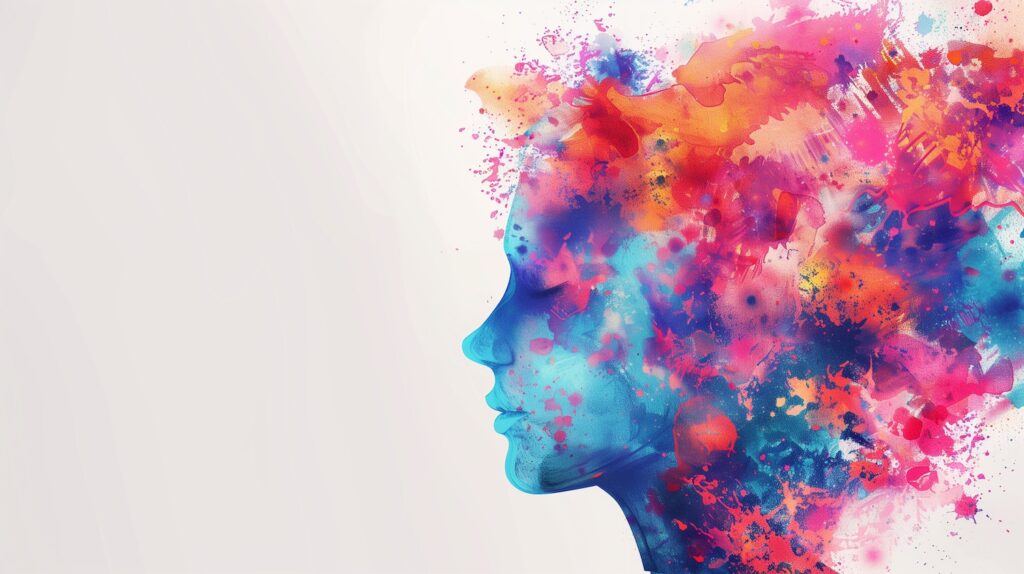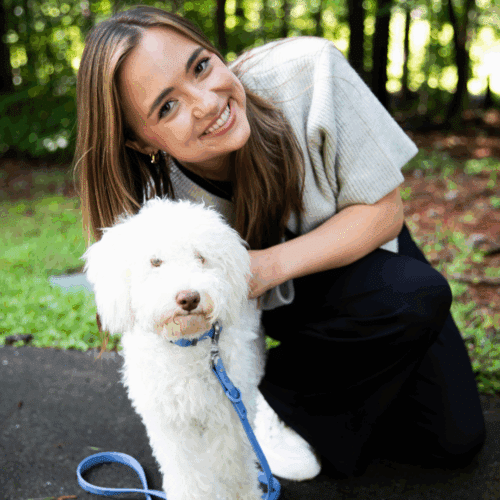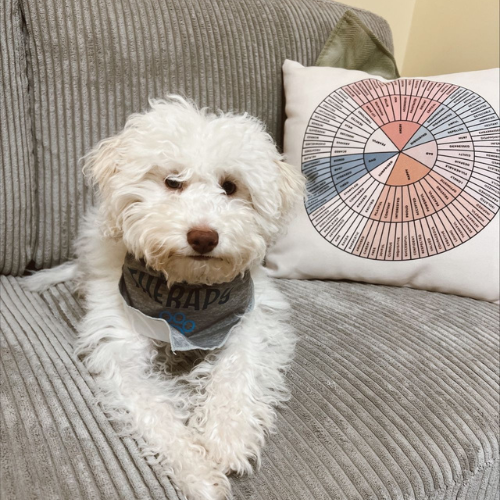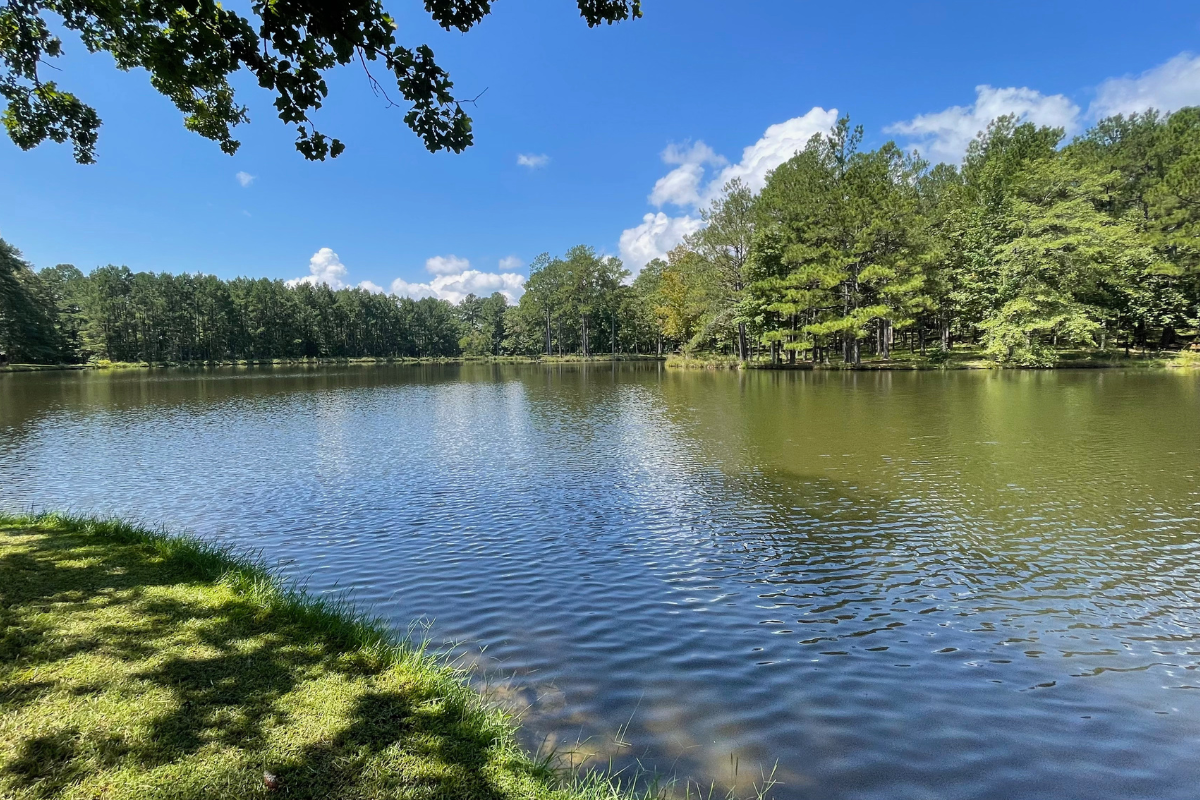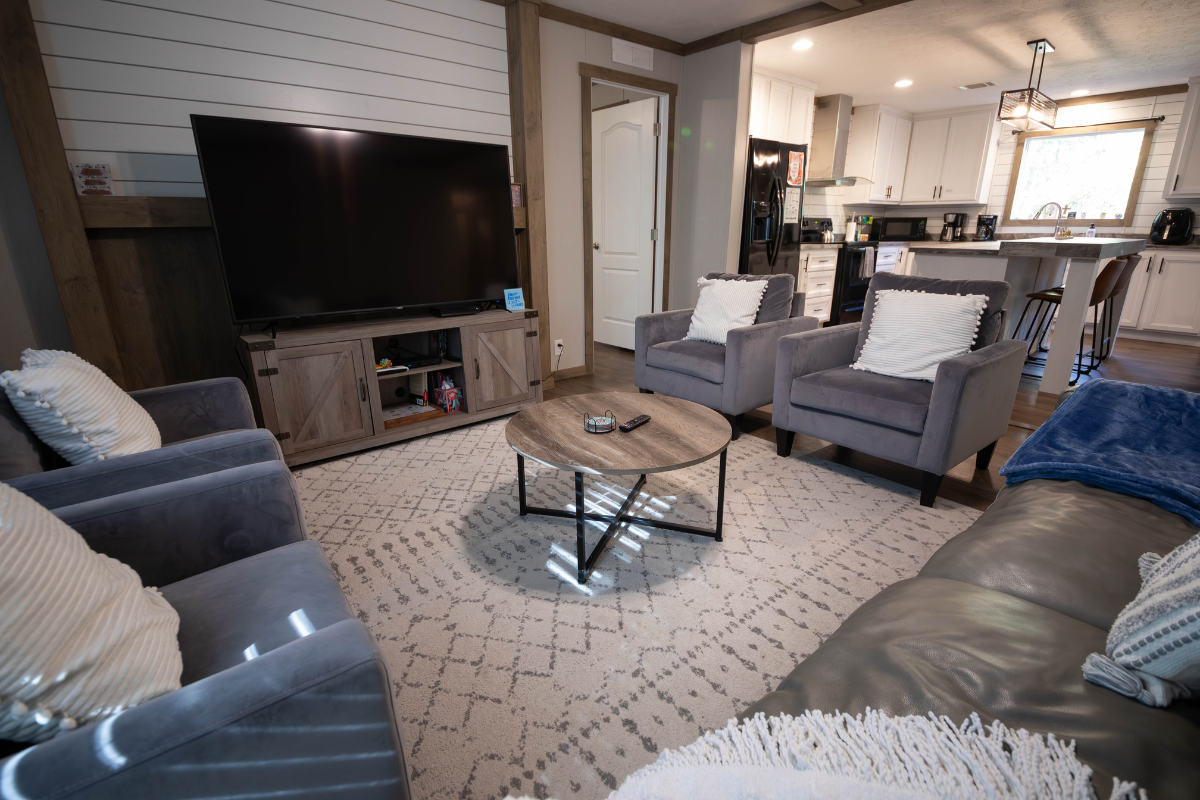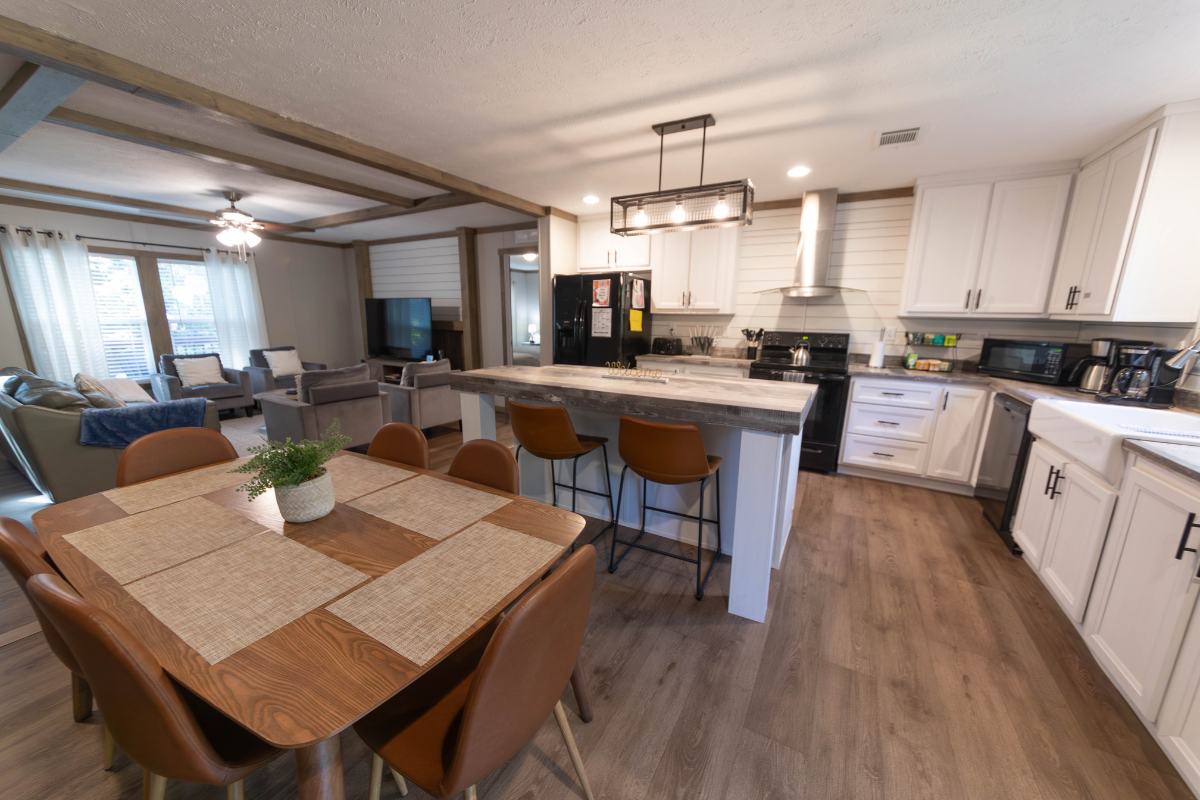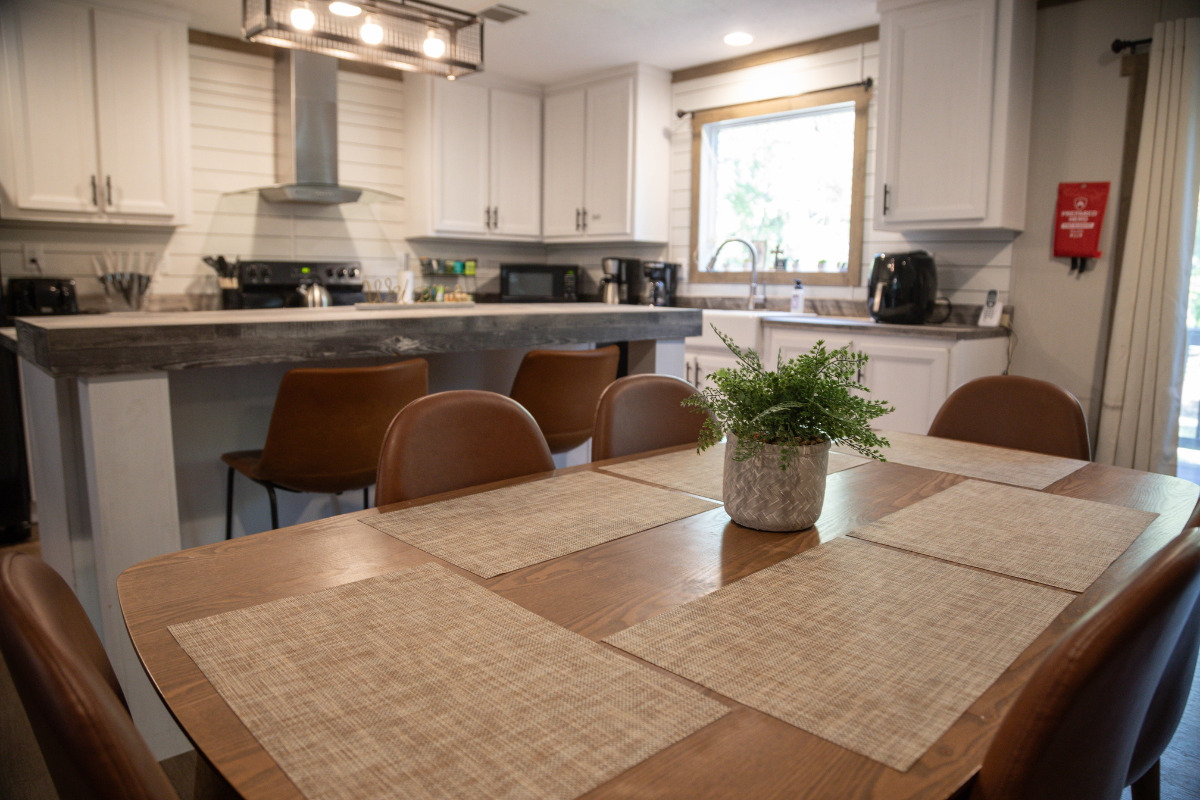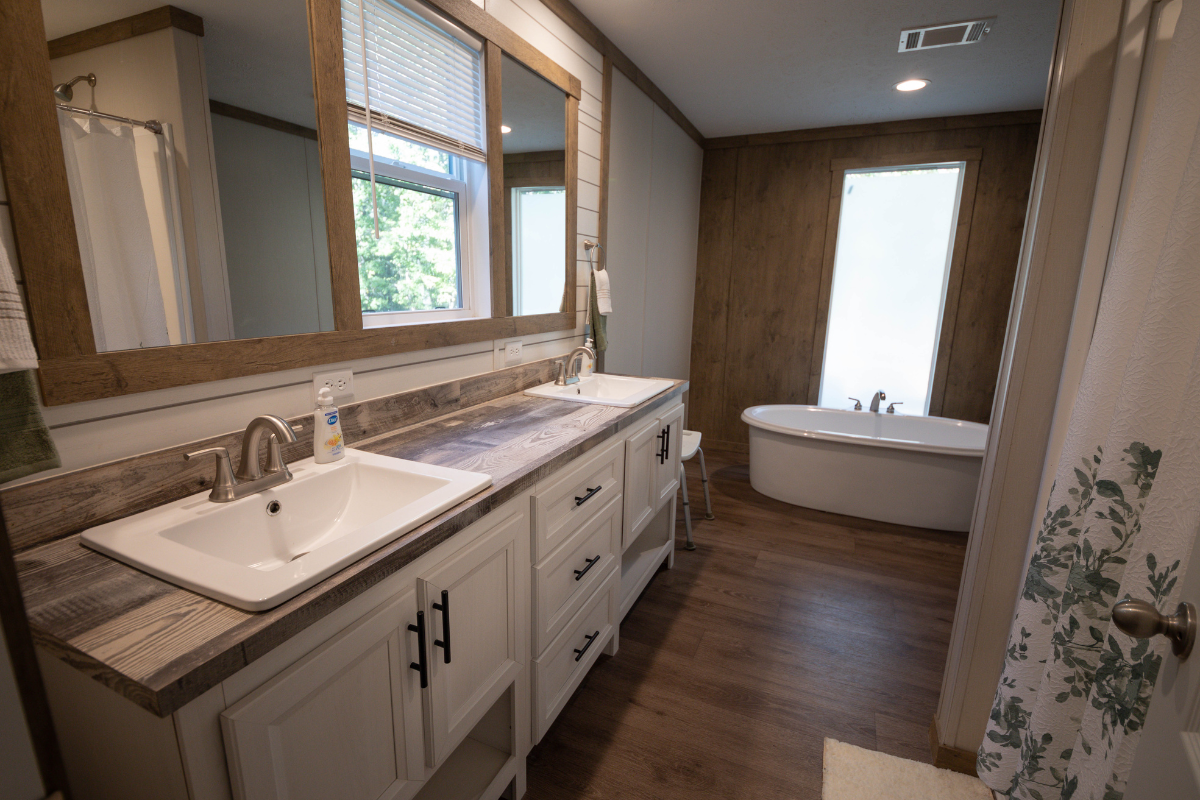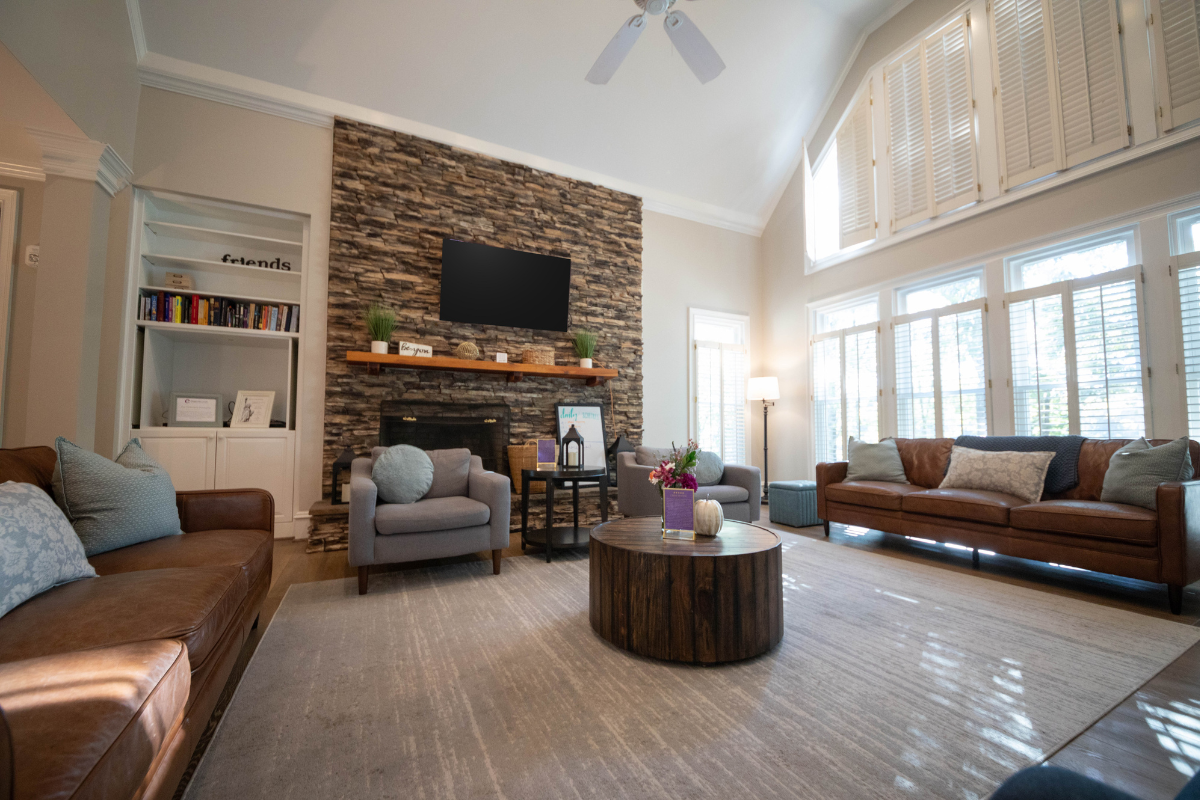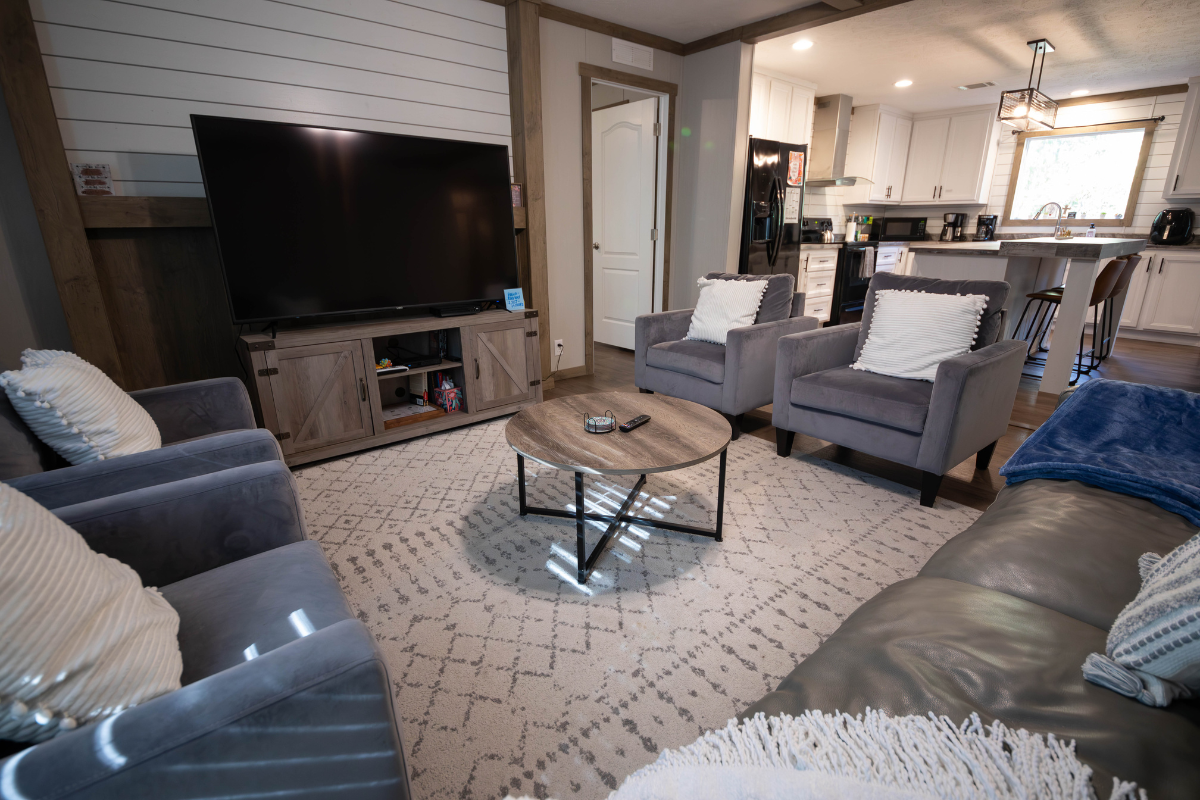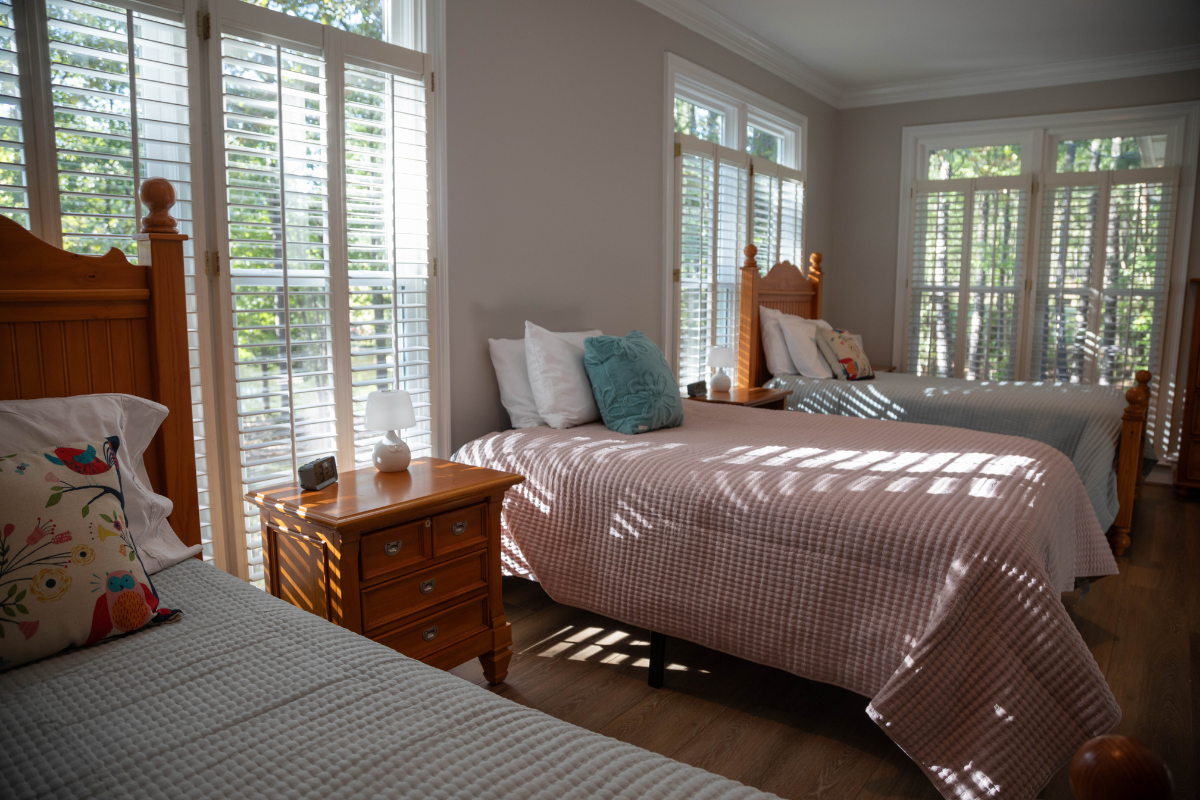In a society where terms like body shaming and weight shaming are all too familiar, one thing remains clear: these behaviors are deeply damaging. Whether labeled as fat shaming, weight bias, weight stigma, bullying, or harassment, the result is the same: making someone feel inferior because of their body size, shape, or appearance.
This destructive behavior not only harms one’s body image but can also lead to severe mental health problems and even eating disorders.
What is Body Shaming?
Body shaming is the act of criticizing, mocking, or making negative comments about someone’s body shape, size, appearance, or features. This can happen in person, online (particularly on social media), or through media representations and cultural messaging. It often stems from societal standards of beauty and can target individuals of all body types—those considered “too big,” “too small,” or otherwise “different.”
Examples of body shaming include:
- Commenting negatively on someone’s weight or size.
- Criticizing someone for eating habits or food choices.
- Judging physical traits like stretch marks, acne, body hair, or scars.
- Glorifying thinness or muscularity in ways that shame others.
It’s important to understand that body image isn’t just about how we look; it’s about how we feel about how we look. When someone is repeatedly told, either directly or through media and societal messaging, that their body is “wrong” or in need of improvement, it can lead to deep-seated shame and disconnection from their physical self. These feelings can be particularly intense during adolescence, a period marked by identity formation and increased sensitivity to social judgment.
How Does Body Shaming Affect Body Image?
Body shaming can have a deep and lasting impact on how individuals see themselves. It often starts subtly, perhaps through a comment about weight, size, or shape, but its effects ripple far beyond the surface. Many people deeply internalize negative comments made about their appearance or body size. Over time, this can erode their self-worth and fuel harmful beliefs about what it means to be “good enough.”
Research shows that body shaming contributes significantly to poor body image. According to a study published in the Journal of Adolescent Health (Puhl et al., 2017), adolescents who experienced weight-based teasing were more likely to suffer from low self-esteem, depression, and disordered eating behaviors. This pattern was especially strong in teen girls, who often face intense scrutiny around appearance from an early age.
In another study from the Journal of Health Psychology (Himmelstein et al., 2019), researchers found that weight stigma and body shaming were associated with increased body dissatisfaction, emotional distress, and even avoidance of exercise or healthcare, creating a cycle that can be difficult to break.
Why Do We Body Shame?
Body shaming often stems from deeply ingrained cultural messages about beauty, worth, and identity. From a young age, we are exposed to narrow, even unattainable beauty standards like extreme slimness, big muscles, flawless skin, certain hair textures, and facial features.
These standards are upheld in advertising, media, entertainment, social platforms, and even among peers and family members. Whether we realize it or not, our exposure to narrow beauty ideals shapes our understanding of which bodies are acceptable and desirable and which are not. We also see bodies that don’t meet these ideals being devalued in our culture.
For teens and adolescents, the pressure to conform is especially strong. During these formative years, teens are navigating identity development and learning how to build social connections. In this context, body shaming can become a misguided way to gain social status, deflect insecurities, or fit in with peers. Some adolescents may shame others’ bodies as a form of social bonding or as an extension of behaviors they’ve seen modeled by adults, influencers, or entertainment.
Body shaming can also be a projection of personal insecurities. People who feel intense pressure to look a certain way may criticize others’ appearances in an effort to cope with their own perceived shortcomings. In this way, body shaming becomes a symptom of a larger cultural problem, not a personal failing.
The damage caused by body shaming is often invisible, but its effects run deep. When people are repeatedly criticized, mocked, or judged for how they look, the message they often internalize is: You’re not good enough. Over time, this can manifest in painful and destructive ways, including disordered eating, poor body image, and low self-esteem. These are not character flaws—they are understandable responses to a culture that too often equates a person’s worth to what they look like.
How parents and teens can fight body shaming
Challenging the culture of body shaming starts at home: with the words we use, the values we uphold, and the way we speak about our both own bodies and those of others. While body shaming is often reinforced by media, school environments, and social platforms, parents and teens have the power to challenge harmful messaging and replace the scrutiny and cruelty of body shaming with compassion, acceptance, and respect for bodies of all sizes.
1. Model Body Respect at Home
Parents play a powerful role in shaping how teens see themselves and how they evaluate other people. It’s important for parents to provide a positive example for teens; that means avoiding negative comments about your own body or weight (“I look fat in this shirt”) or commenting on others’ bodies (“She put on some weight”)—even in passing. Focus on what your body can do, not how it looks. Celebrate strength, health, and positive personal characteristics over size or weight.
2. Talk About Media Literacy
Help teens understand that what they see on social media often isn’t real. Talk about filters, editing apps, and the curated nature of online content. Encourage conversations about unrealistic beauty standards and the pressure they may feel to seek validation through social media likes.
3. Create a No-Body-Talk Zone
Make home a safe space where family members and loved ones aren’t judged or scrutinized on their weight, shape, or appearance. This means not engaging in conversations, jokes, teasing, or even well-meaning remarks about weight and appearance. Shift the focus toward personal qualities, accomplishments, and feelings instead.
4. Validate Emotions and Encourage Open Dialogu
If a teen is struggling with body image, listen without judgment. Avoid dismissing their feelings (“You’re beautiful, don’t worry about it”) and instead explore where their concerns come from. Ask open-ended questions like, “What made you feel that way?” or “What do you wish you saw more of on social media?”
5. Celebrate Diversity in Bodies and Physical Features
Expose teens to diverse representations of beauty, including different races, body sizes, genders, abilities, and ages. Follow social media accounts that promote body neutrality or body positivity. Seeing people who look different from the mainstream “ideal” can normalize and affirm a wide range of appearances.
Sources
1. Vander Wal, J. S. (2012). “School-Based Weight Monitoring and Disordered Eating.” Eating Behaviors, 13(1), 70–72.
2. Puhl, R. M., Luedicke, J., & Heuer, C. A. (2011). “Weight-Based Bullying in Youth.” Journal of School Health, 81(11), 696–703.

